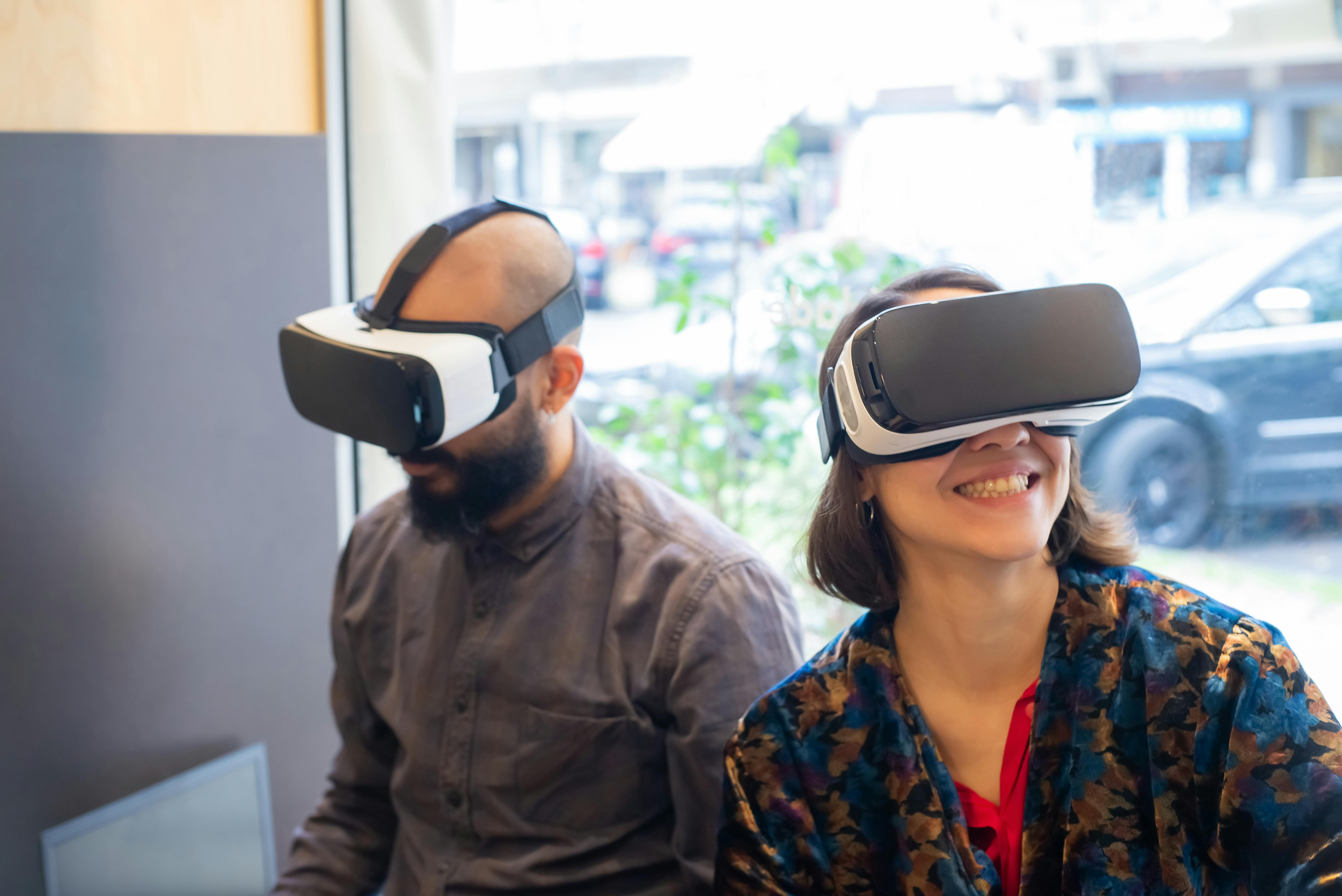Digital Twin Technology Applications: The Future of Simulation
Oct 25, 2024
Digital twin technology, which creates virtual replicas of physical entities, is revolutionizing industries by allowing for advanced simulations that enhance training, development, and operational efficiency.
This technology harnesses data from sensors and other informational sources to model real-world systems digitally, enabling unprecedented levels of analysis, insight, and control. This article delves into the myriad applications of digital twin technology across various sectors, exploring how it is set to reshape the future of simulation in profound ways.
Understanding Digital Twin Technology
A digital twin is a dynamic, virtual representation of a physical object or system across its lifecycle, using real-time data to enable understanding, learning, and reasoning.
Initially developed for NASA’s space exploration programs to simulate spacecraft, digital twin technology has since expanded its applications to numerous fields including manufacturing, healthcare, automotive, urban planning, and more.
Expanding Applications in Various Industries
Manufacturing
In manufacturing, digital twins are used to create and refine the production processes. By simulating production lines and workflows, manufacturers can predict outcomes, optimize operations, and enhance product quality without physical trials. This application not only saves significant time and resources but also reduces the potential for error and downtime by allowing engineers to test processes virtually before implementing them.
Healthcare
Digital twins in healthcare represent a leap forward in personalized medicine. By creating digital replicas of human organs, healthcare providers can simulate medical treatments and predict their outcomes on an individual basis without actual invasive procedures. This can lead to more accurate diagnoses, better treatment plans, and optimized healthcare delivery. For instance, the simulation of heart twins allows cardiologists to test different pacemakers and find the most effective solution for each patient’s unique anatomy.
Automotive Industry
In the automotive sector, digital twins are employed to design and test vehicles before they are built. Engineers can simulate a car’s performance under various conditions to enhance safety, efficiency, and durability. Furthermore, digital twins help in maintenance by predicting when parts might fail or when maintenance is required, significantly reducing the likelihood of unexpected breakdowns and extending the vehicle's life span.
Smart Cities and Urban Planning
Digital twins are integral to the development of smart cities, where they can manage city systems such as traffic, water supply, and waste management dynamically. By creating digital replicas of urban areas, planners can test the impacts of various policies before they are implemented. For example, a city might use a digital twin to simulate the effects of a new public transportation system to optimize routes and schedules based on predicted commuter patterns.
Energy Sector
The energy sector benefits from digital twins in optimizing the operation of renewable energy sources and predicting maintenance for aging infrastructure. For wind farms, digital twins simulate weather conditions and energy production to maximize output and minimize equipment strain. Similarly, for oil and gas plants, digital twins can predict the lifecycle of rigs and pipelines, thereby preventing leaks and failures.
Challenges and Considerations
Despite its vast potential, the adoption of digital twin technology faces several challenges:
Data Collection and Integration: Effective digital twins require extensive and precise data, which can be difficult to gather and standardize across different systems.
High Initial Costs: Developing and implementing digital twin technology can be expensive, although costs are likely to decrease as the technology matures.
Complexity in Implementation: The complexity of digital twins can be a barrier for organizations without the necessary technical expertise.
The Future of Digital Twin Technology
Looking ahead, digital twin technology is set to become even more sophisticated with advances in IoT, machine learning, and AI. The integration of AI can enable digital twins to not only simulate scenarios but also learn from them, adapting and optimizing processes autonomously.
As more organizations recognize the value of this technology, its applications are likely to expand further, potentially creating fully predictive environments and more responsive systems across all sectors.
Conclusion
Digital twin technology applications are broad and transformative, offering enhanced simulation capabilities that drive innovation and efficiency across various industries.
As this technology continues to evolve, it will undoubtedly open new pathways for more accurate predictions, personalized solutions, and efficient system management, marking a new era of digital integration in the physical world.




